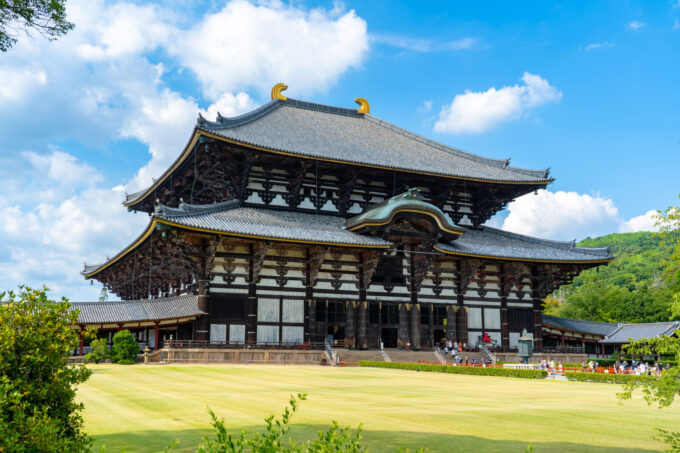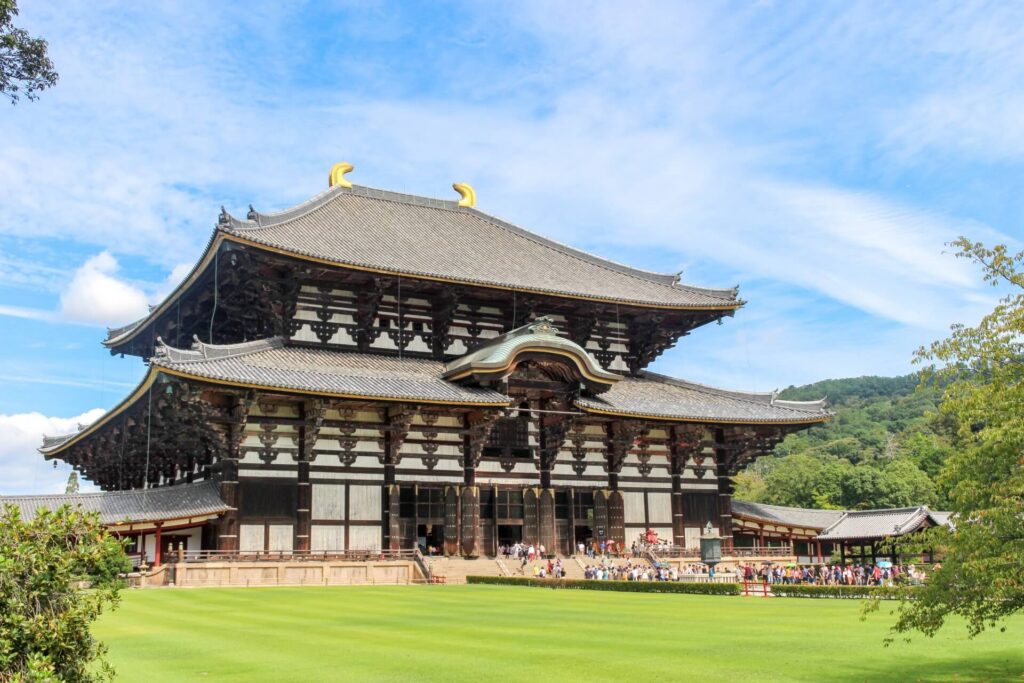
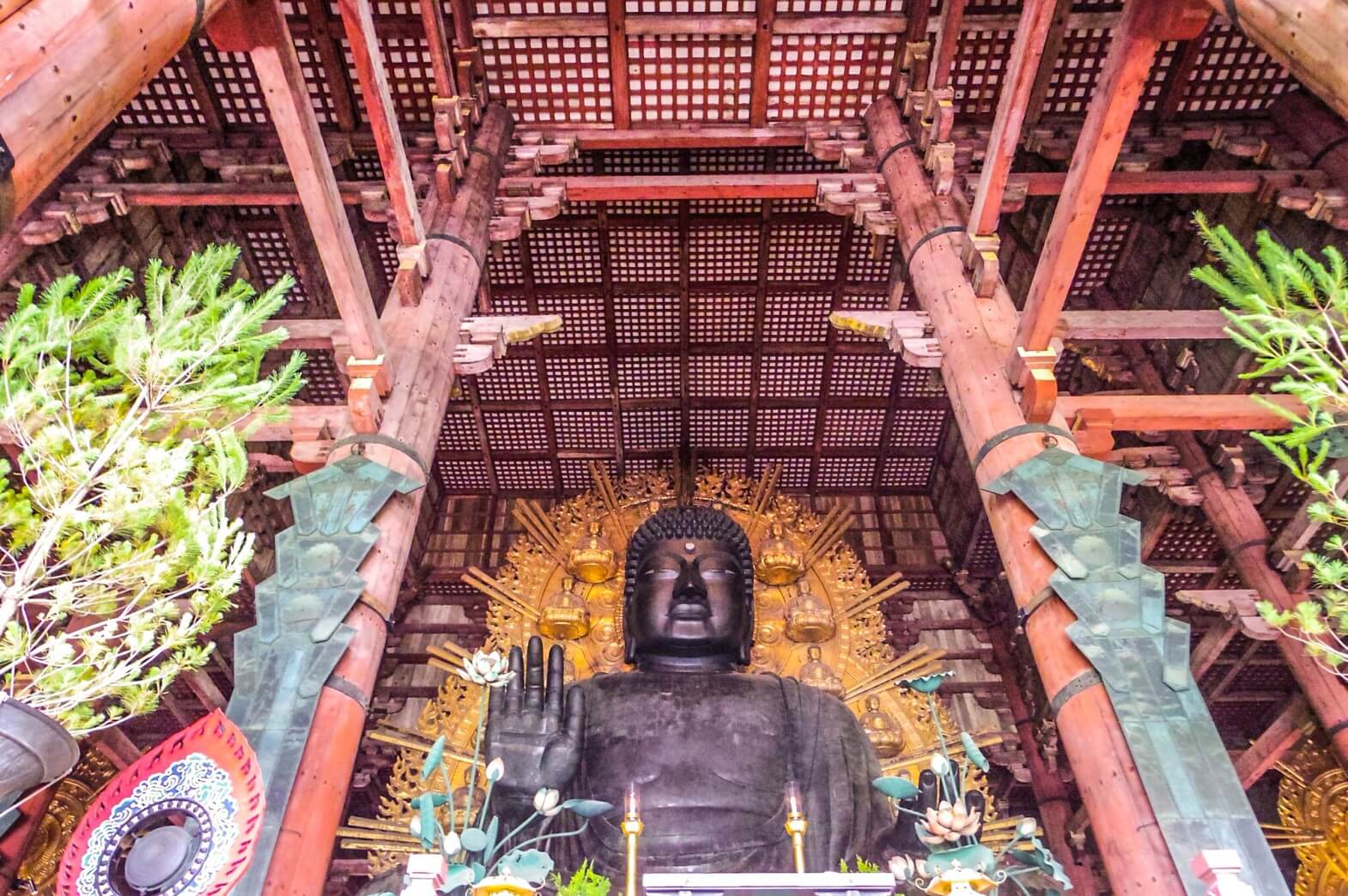
The current temple is a reconstruction dating to the late-17th century and houses the ‘Daibutsu’ – one of the largest and most revered Buddha statues in Japan. The seated Buddha measures 15 metres in height, a remarkable and inspiring achievement in craftsmanship. Nearby the statue at the base of one of the temple’s supporting pillars, a hole is the same size as the nostril in the statue, a space that visitors try to pass through furthering them along the path to enlightening (and at the risk of getting stuck – it does happen!).
Nara is often overlooked in favor of cities like Kyoto and Osaka, but it’s a city full of history, culture, and natural beauty. Once Japan’s capital, Nara is home to three UNESCO World Heritage Sites and offers a rich mix of ancient temples, palaces, and unique traditions.
On our one-day tour, you’ll explore the Nara Palace Site Historical Park, the former imperial residence during Japan's Nara period. After a local lunch, you'll get hands-on experience making Nara Sumi (traditional ink), a centuries-old craft still made in the city. We’ll also visit Kasuga-taisha Shrine, known for its iconic lanterns, and spot the sacred deer roaming freely. The day ends at Todaiji Temple, home to the world’s largest bronze statue of the Great Buddha.
Join us to uncover the charm of Nara in just one day—an unforgettable journey through Japan’s past.
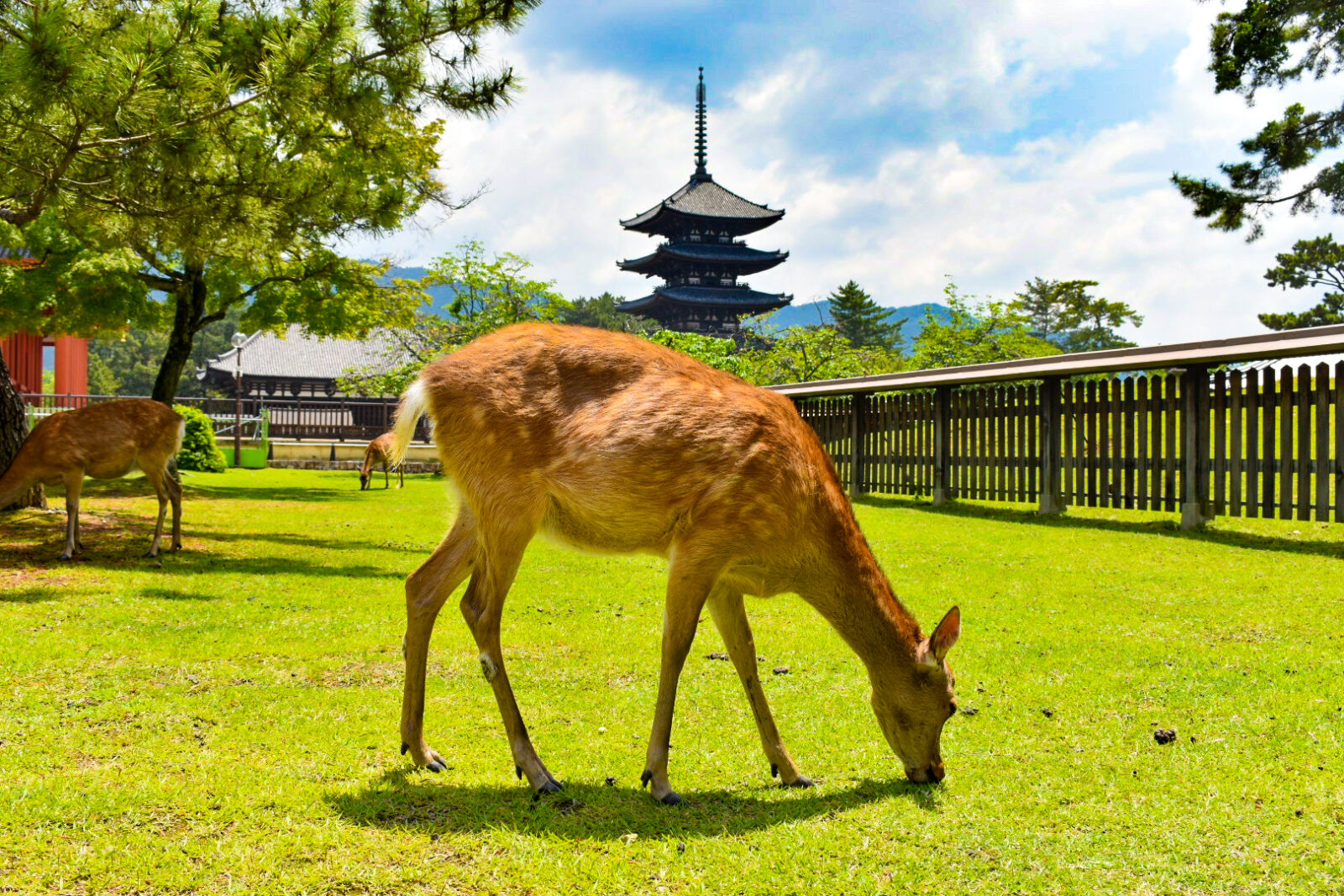
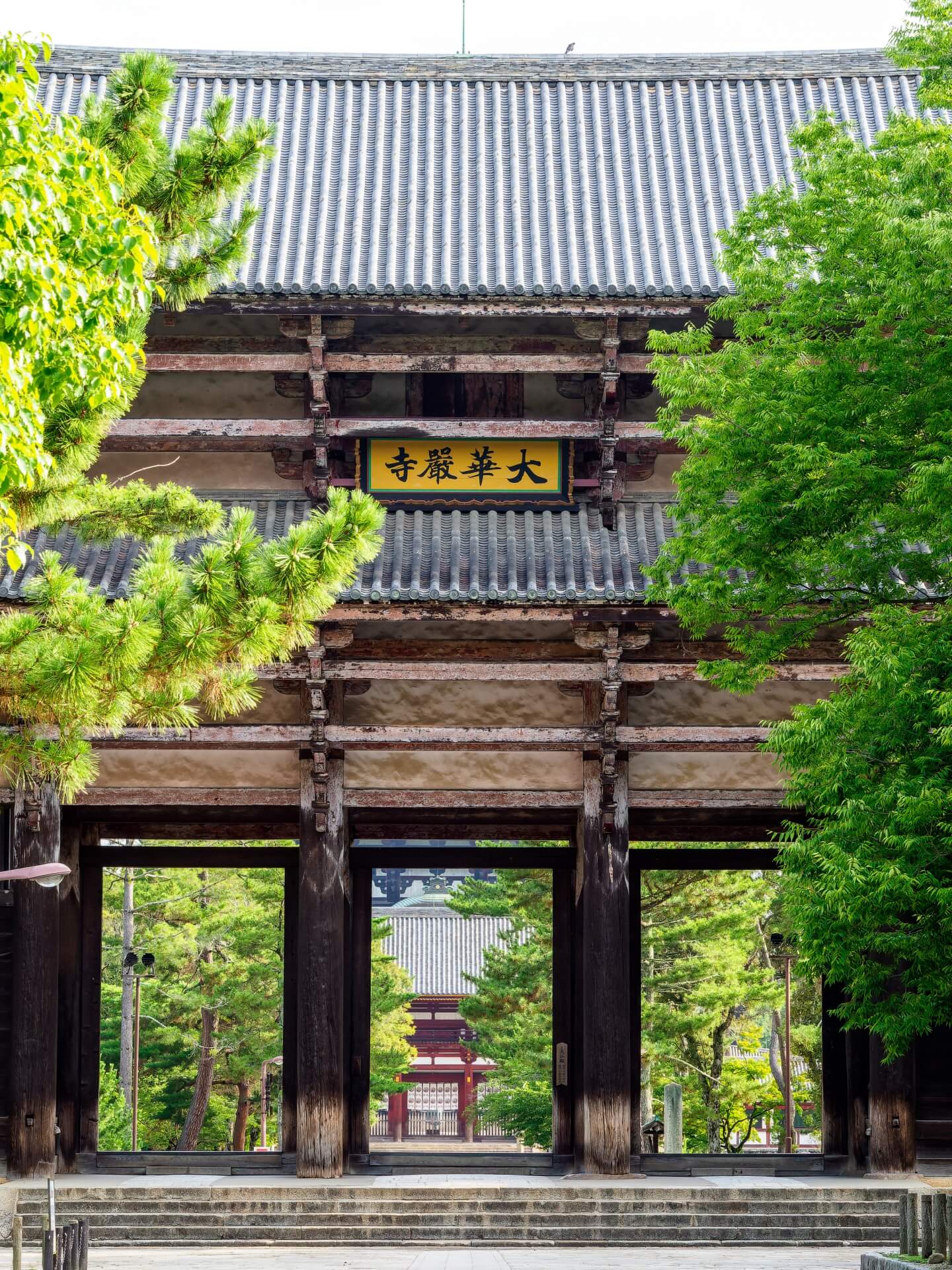
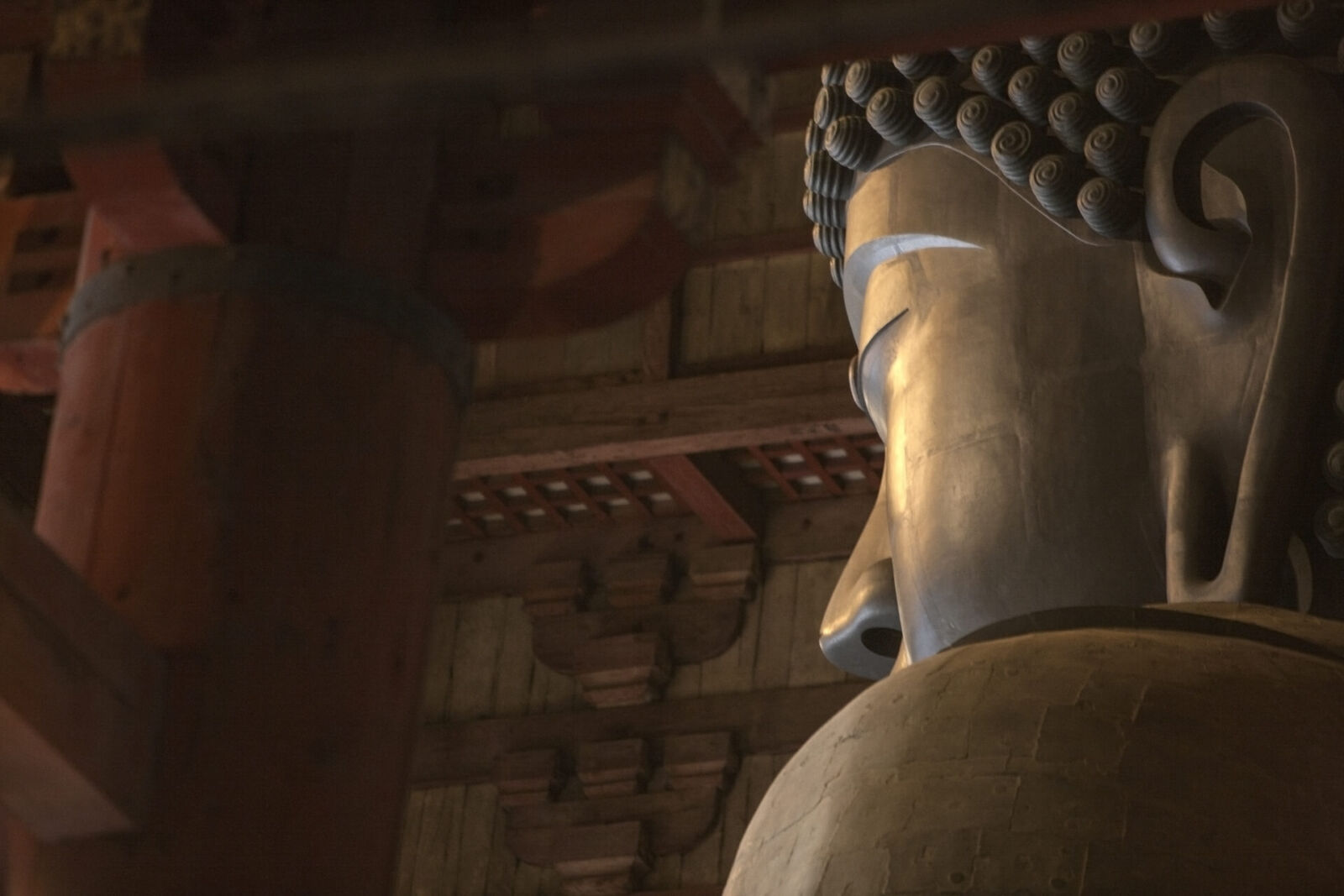
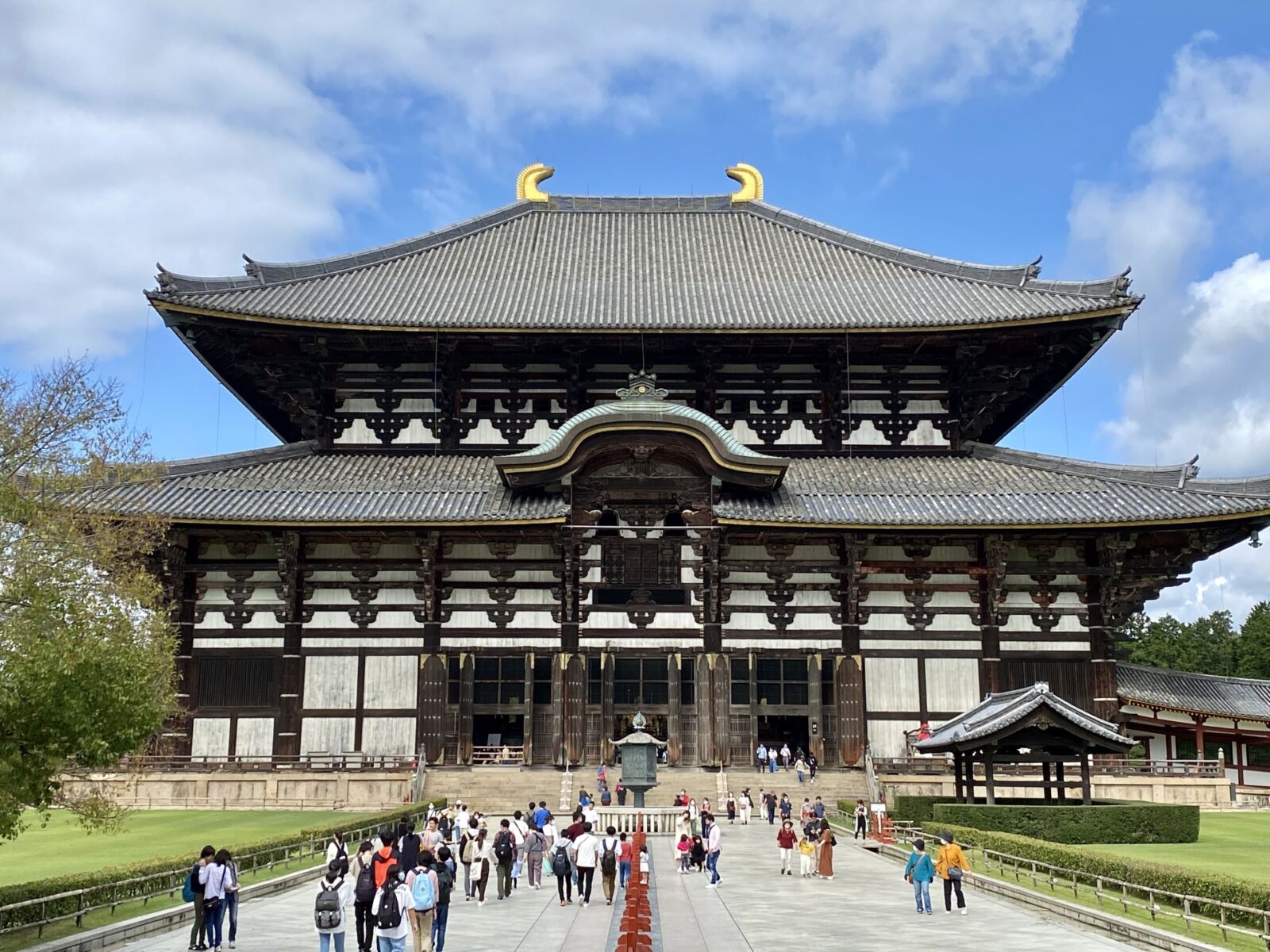
Todai-ji is one of eight sites listed under the UNESCO World Heritage grouping of the ‘Historic Monuments of Ancient Nara’. That grouping also includes Kofuku-ji and Kasuga Taisha (among others) and underscores Nara’s huge important to the historical and cultural fabric of Japan. It is worth noting that the current temple is estimated to only be two-thirds the size of the previous main hall – a reminder that though what stands today is immense and inspiring, we have inherited but fragments and glimpses of the wonders that once existed in Nara. Many international visitors make the decision to pass on Nara, preferring to spend more time exploring Kyoto. If for no other reason than to see Todai-ji, make sure to allow time to get to Nara for one day.















